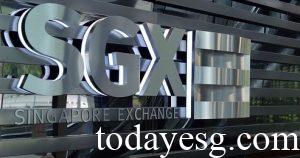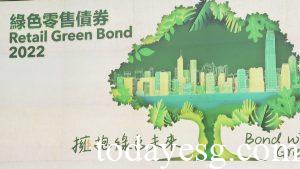Overview
Global ESG bond scale is smaller than ESG securities. ESG bond investors pay more attention to whether the issuer can repay the borrowings, while ESG securities investors value the future growth ability of investees. In terms of engagement, ESG bonds do not have voting rights and have weaker impacts than securities.
Whether they are green bonds, sustainable bonds or sustainability-linked bonds, they must comply with the ESG framework in terms of classification, issuance and disclosure. The International Capital Market Association has proposed a variety of ESG bond standards, and various jurisdictions are also forming their standards.
ESG Bonds Classifications
There is no universal classification method for ESG bonds. Common ESG bonds include green bonds, social bonds, transition bonds, blue bonds, sustainable development bonds, and sustainable development linked bonds.
Green bonds have the highest proportion in ESG bonds, and common green bonds include Use of Proceeds bonds, Use of Proceeds Revenue bonds, project bonds, securitization bonds, etc.
ESG Bonds Regulations
The biggest feature of ESG bonds compared to conventional bonds is that the issuer needs to disclose the purpose of the funds for investors to determine whether the bonds meet greenwashing.
Global regulators are formulating policies for the fundraising, issuance, and information disclosure processes of ESG bonds, among which the EU green bond regulation is relatively mature.

Intercontinental Exchange Released Impact Bonds Report
The Intercontinental Exchange (ICE) recently released the 2022 Global Impact Bond Report, which analyzes the issuance and certification of impact bonds. ICE defines impact bonds as green bonds, social bonds and sustainable development bonds

How to Query ESG Bonds Classified by Singapore Exchange
Singapore Exchange believes that when the bonds meet the criteria of green bonds, social bonds, or sustainable bonds, they can be considered as Sustainable Fixed Income. Specifically, both bonds for institutional investors and retail bonds

Introduction to HK’s Green and Sustainable Finance Grant Scheme
Hong Kong launched the “Green and Sustainable Finance Grant Scheme (GSF)” to provide funds for issuers of green bonds and borrowers of green loans to promote the development of green and sustainable finance. This plan is integrated from the

Introduction to Hong Kong Green Bond Program
In 2018, Hong Kong launched the government green bond program for the first time, with an initial borrowing ceiling of HK $100 billion (about $12.8 billion). This borrowing limit was increased to HK $200 billion ($25.6 billion) in 2021. The funds raised by green bonds are mainly
